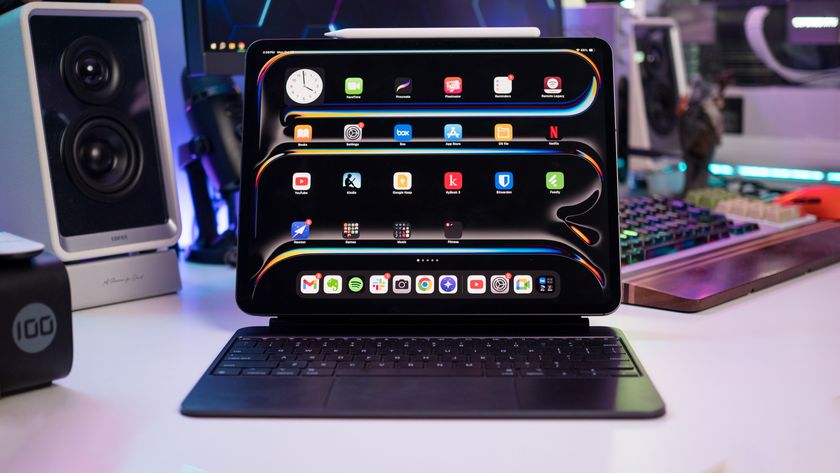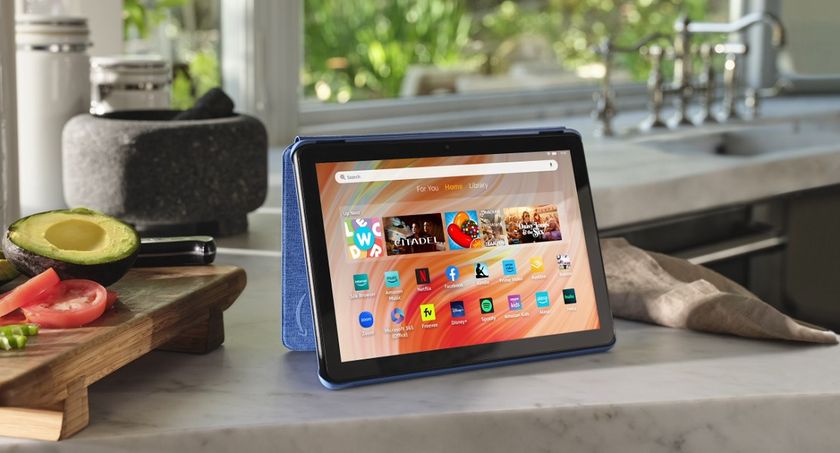Hands-on with the Archos G9 tablets (Update: Video!)
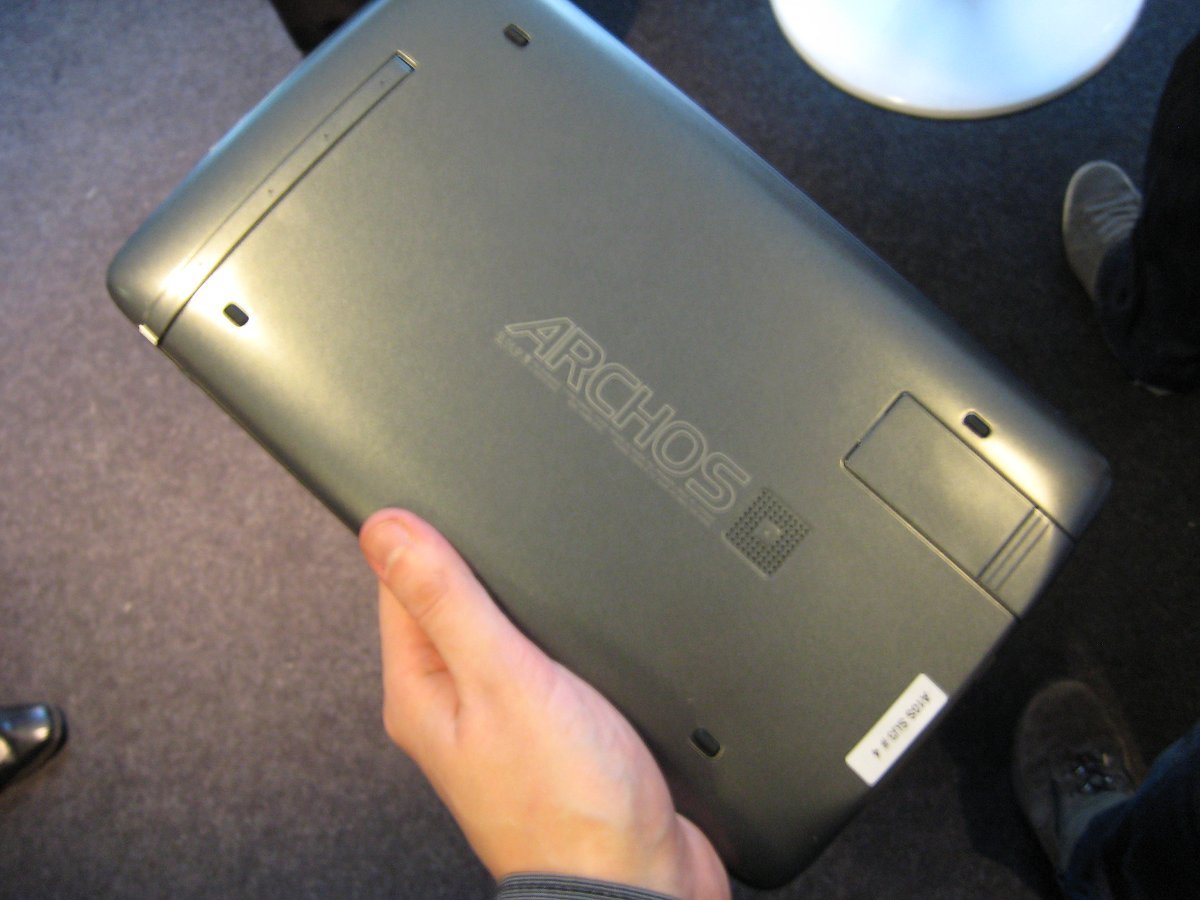
Archos recently caused a bit of commotion by announcing two new tablets powered by Android 3.1 Honeycomb -- the Archos 80 G9 and 101 G9. Of interest was not only the 1.5GHz dual-core OMAP4 CPU, but also the price point -- $249 for the 8-inch version and $349 for the larger 10-incher. Throw in the intriguing prospect of a 250GB mechanical hard drive or 16GB of flash storage, and you've got two products that could potentially shake up the Android tablet market.
We got to try out both new Archos tablets briefly at the manufacturer's London press event today. Join us after the jump to find out what we thought.
YouTube link for mobile viewing
Physically, both the 10.1 and 8-inch G9's are fairly similar. You get a lightweight plastic grey and black chassis that's slightly curved, and feels pretty good in the hand -- at least when it's not covered in finger grease from dozens of tech journalists.
The biggest physical difference between the two tablets is their respective aspect ratios. The 10.1-inch model ships with a widescreen display running at 1280x800, whereas the smaller 8-inch G9 runs at 1024x768, and is slightly more square-shaped. Speaking of the screen, it's nice and bright, and viewing angles are good too. It's nice to see that Archos hasn't compromised on picture quality in these low-cost tablets. We mentioned the different storage options before -- some models will ship with 16GB of flash storage, while others will sport 250GB in the form of a good old-fashioned HDD. Archos assured us that the impact on weight and device thickness would be minimal, with only a couple of millimeters being added to the back of the chassis on models with the HDD option. Speaking of options, we're told that certain models will ship with 512MB of RAM, while others will a full gigabyte. We're not thrilled about the prospect of Honeycomb on less than a gig of RAM, but at least this won't be the case on every G9.
You also get a kickstand around the back, which is nice, and something of a rarity as far as Android tablets go. There's also a front-facing camera, though nothing on the rear of the device. Connectivity comes in the form of a micro-USB and mini-HDMI ports -- Archos was demonstrating the G9's HDMI mirroring functionality at the London event, and this worked flawlessly.
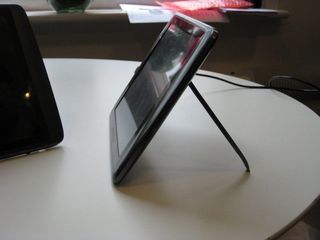
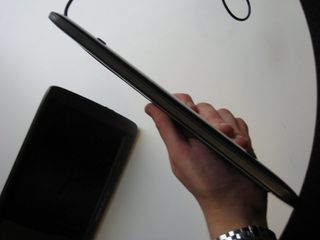
Both devices also come with bespoke 3G dongle ports for adding in 3G connectivity, as both tablets ship with Wifi only. The dongles will work in any device, not just the G9 tablets, and Archos is currently in talks with British carriers to bring 3G data options to G9 owners in the future.
Be an expert in 5 minutes
Get the latest news from Android Central, your trusted companion in the world of Android
Software-wise, it's basically stock Honeycomb. Archos has left the latest version of Google's tablet OS more or less untouched, and unlike earlier Archos tabs, you get the full Google Market experience included too. The only differences we noticed came in the form of customized Music and Video apps from Archos, both of which were based around a rolling wheel of content on the left side of the screen, and more traditional UI controls on the right side. Of course, you should be free to add the Google Music app to the G9 when it's available in Europe.
We were impressed with the performance of both G9's, most of which is likely due to the beefy 1.5GHz dual-core OMAP lurking inside them. The launcher ran smoothly, even with a live wallpaper running in the background, and browsing was nice and slick too.
So, all-in-all, a impressively speedy performer with good connectivity options at a very affordable price point. The chassis isn't as pretty as some competitors, but when it comes to speed and functionality, it's difficult to fault Archos' new tablets. We'll be interested to see how the 512MB models hold up under more intensive testing, but for now, we're looking forward to seeing more of the G9 series.
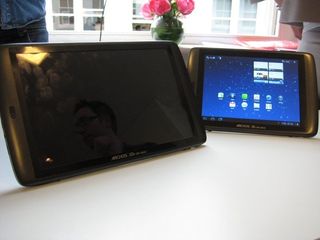
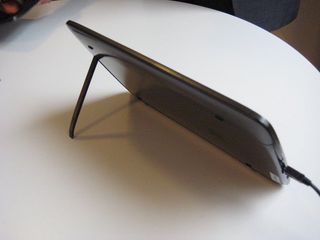
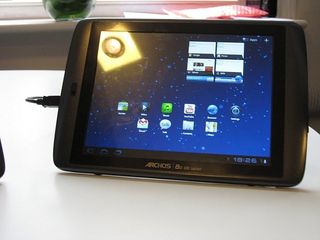

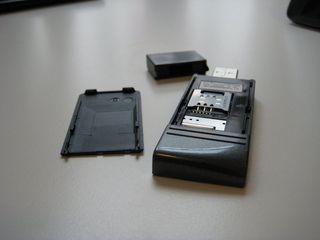
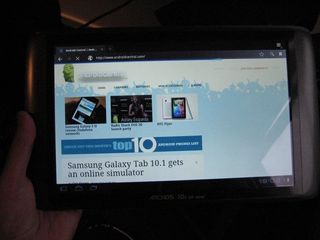
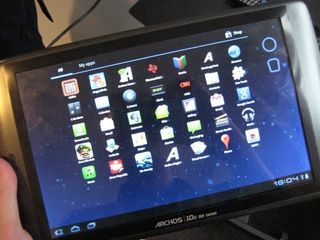


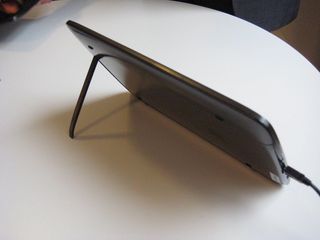

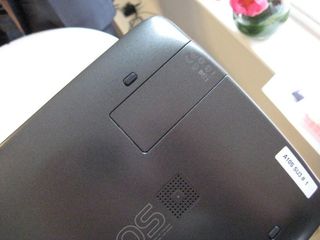
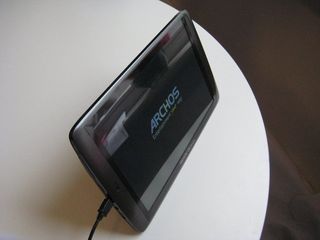
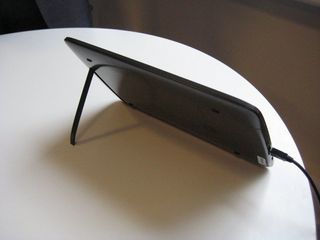
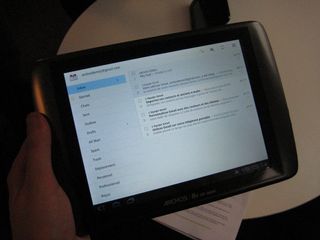
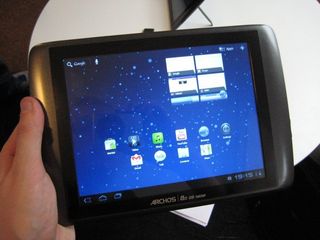
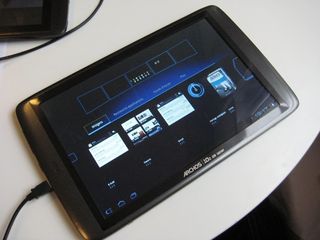
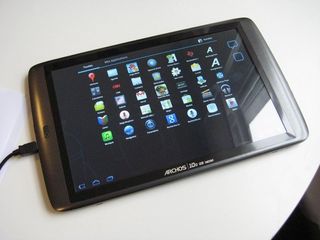
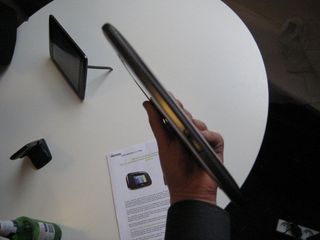

Alex was with Android Central for over a decade, producing written and video content for the site, and served as global Executive Editor from 2016 to 2022.
